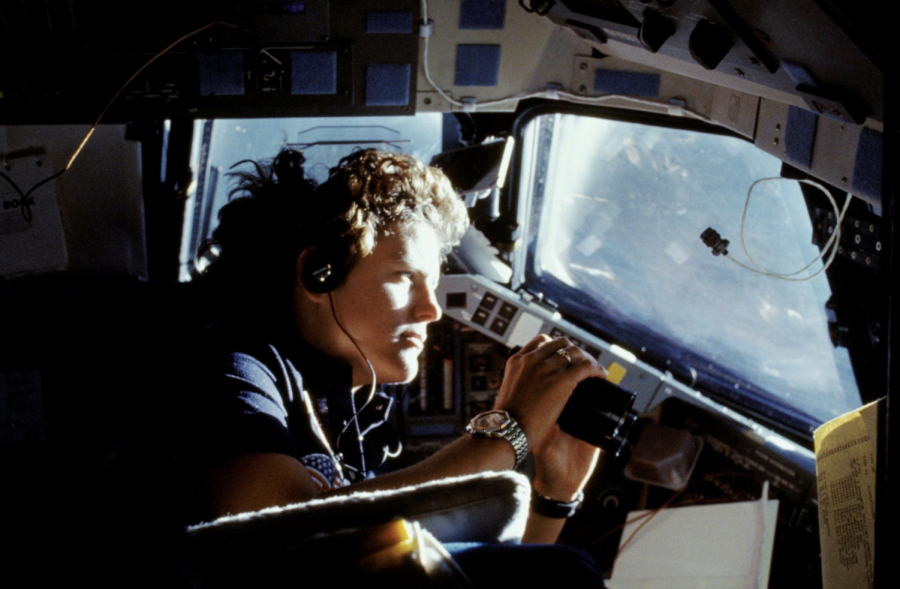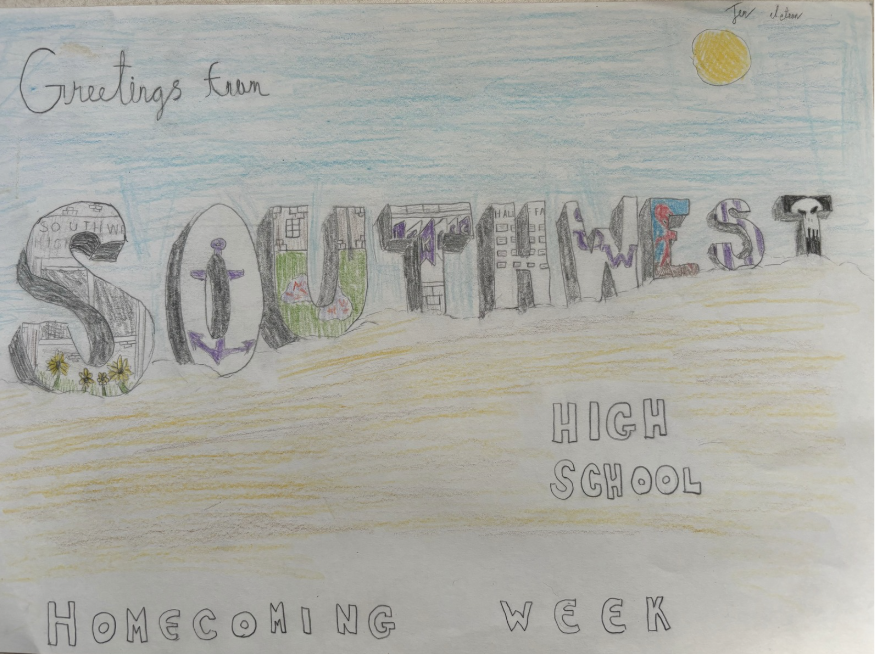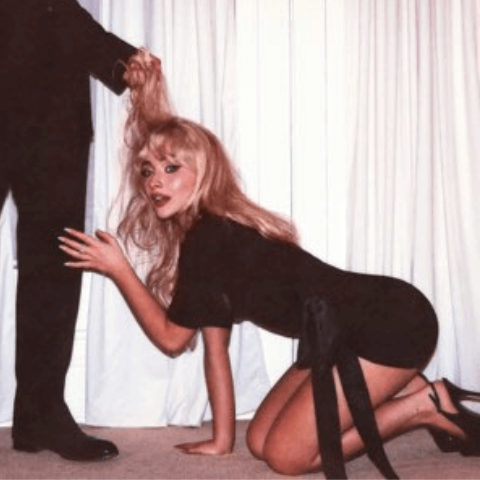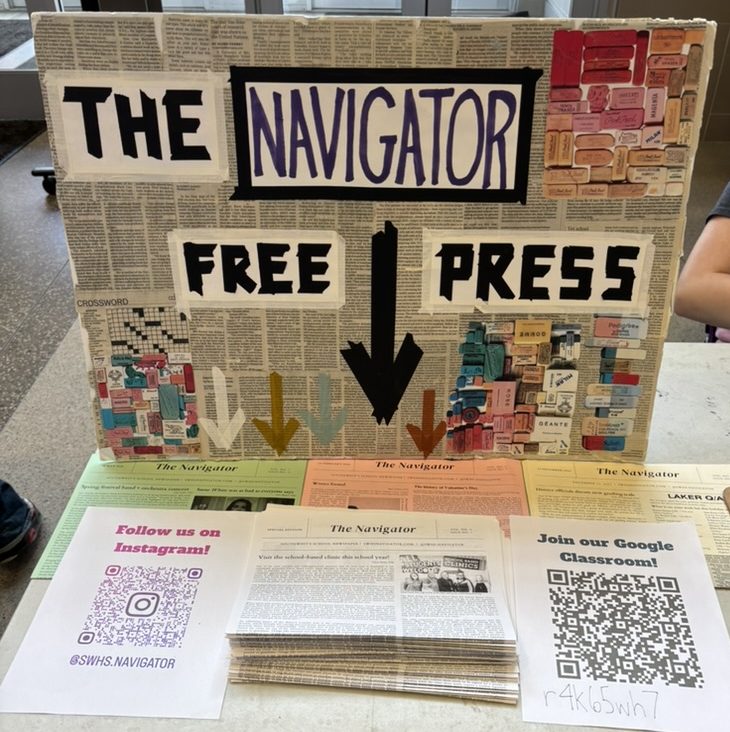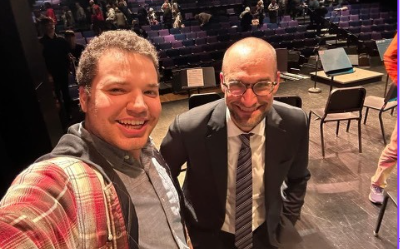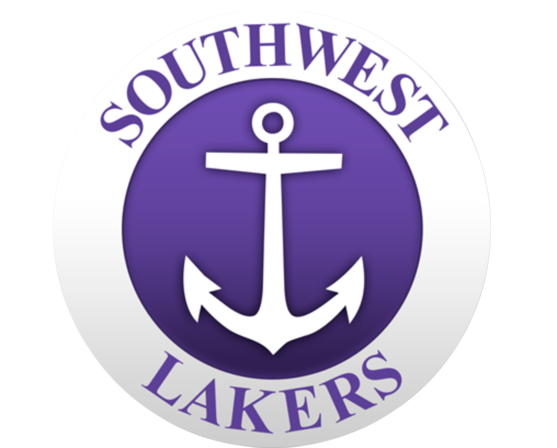
Southwest High School has had a complicated history with its mascots. Constructed in 1939, Southwest opened to the public the following year, pulling students from Richfield, Edina, and Minneapolis. At the time of its opening, Southwest was known as the Southwest Indians, their mascot being a caricature depiction of a Native American in traditional headgear and face paint. This was done in direct competition with West High School, their rival, whose mascot was the Cowboys.
The Southwest yearbook starting in 1940 was called the Wagastanian, a term that Southwest’s librarian Michael Ries defines as, “To reference some sort of residence… Washingtonian, Minnesotan.” At the time, the most overt symbol of this mascot was a grand mural painted on the floor of the entryway to Southwest, a display that would become heavily criticized for its location, which prompted people to walk over it, which was deemed, if unintended, disrespectful to the struggles of native populations. However, change would come, when in 1987 one Phil St. John, a social worker and Sioux activist, visited a Southwest basketball game. According to Mr. Ries, St. John saw non-natives dancing in native garb, doing a stereotypical distortion of a traditional native dance. These dances were often seen as disrespectful towards native communities, as they weren’t performed by members of those communities but by white people who were not educated in the significance of these rituals. According to an article from MSHSL (Minnesota State High School League), St. John began to advocate for the Minneapolis school board to move away from Native American mascots, as these mascots were often offensive caricatures.
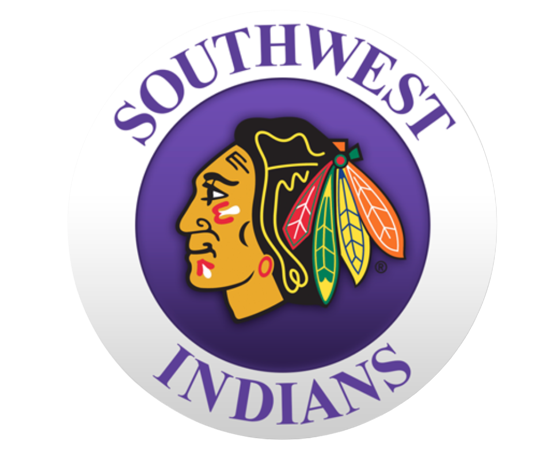
It took some time, but finally, in 1988, Southwest became one of the first schools to change its name away from a Native American mascot. The Minneapolis School Board followed up this change by deeming such ethnically offensive emblems and symbols “Unacceptable,” a resolution that urged schools across the city to change their mascots. In the fall of 1988, students returned to Southwest to find their mascot changed from the Southwest Indians to the Southwest Lakers. Changes went further than just the name, though, as the Wagistanian yearbook was changed to the Aquarian, and the pervasive mural had been covered up. According to Mr. Ries, the new mascot was simple and “inoffensive,” an important step after what had previously represented the school. But that still begs the question: What exactly is a Laker? Well, Mr. Ries says the term comes from the large ships that used to cross the great lakes. Those large frigates were called “Lakers.” But he does admit that the term is a little silly, as none of the great lakes that once had these lakers are anywhere close to Southwest. It is also from these Lakers that the grand anchor out in front of the school is from.




